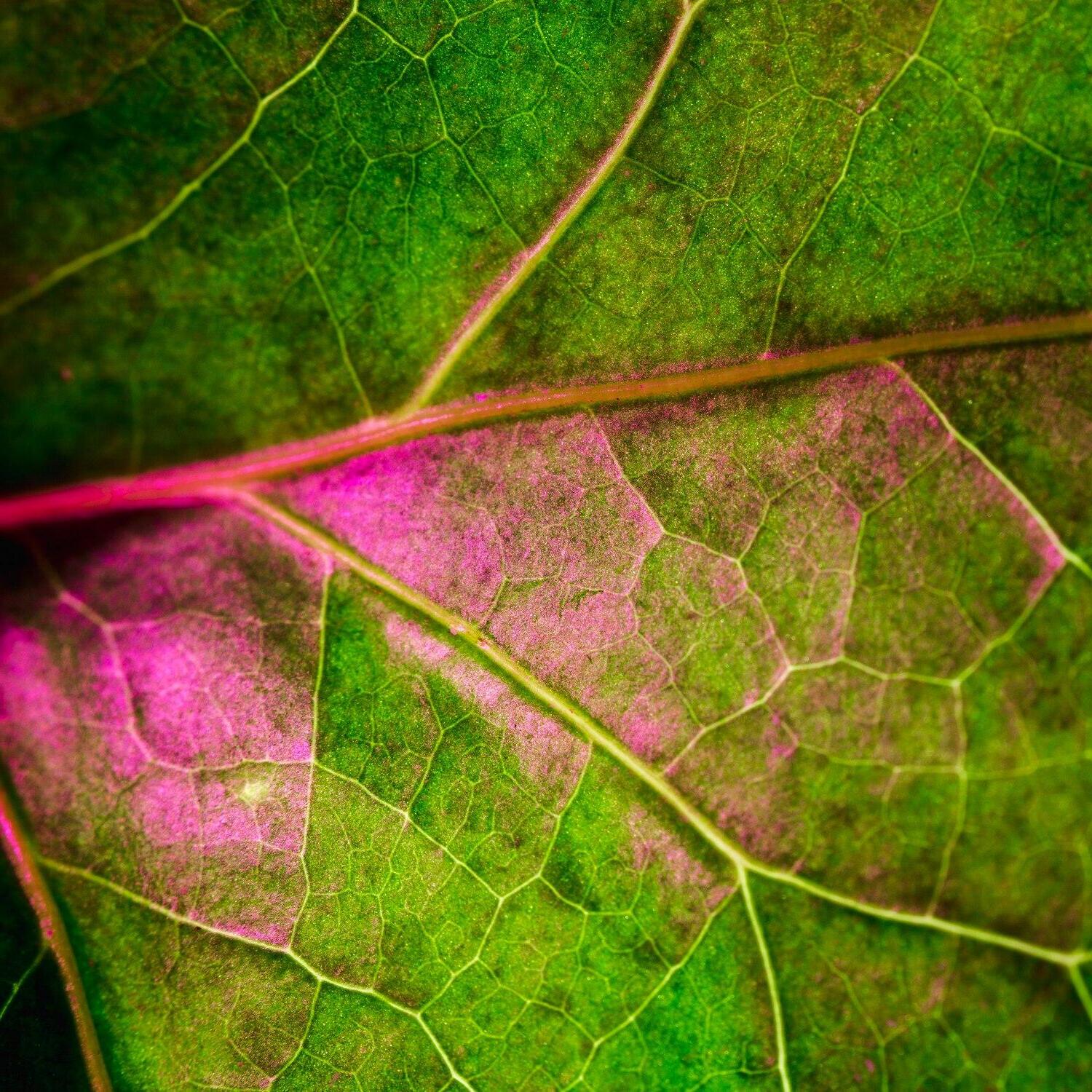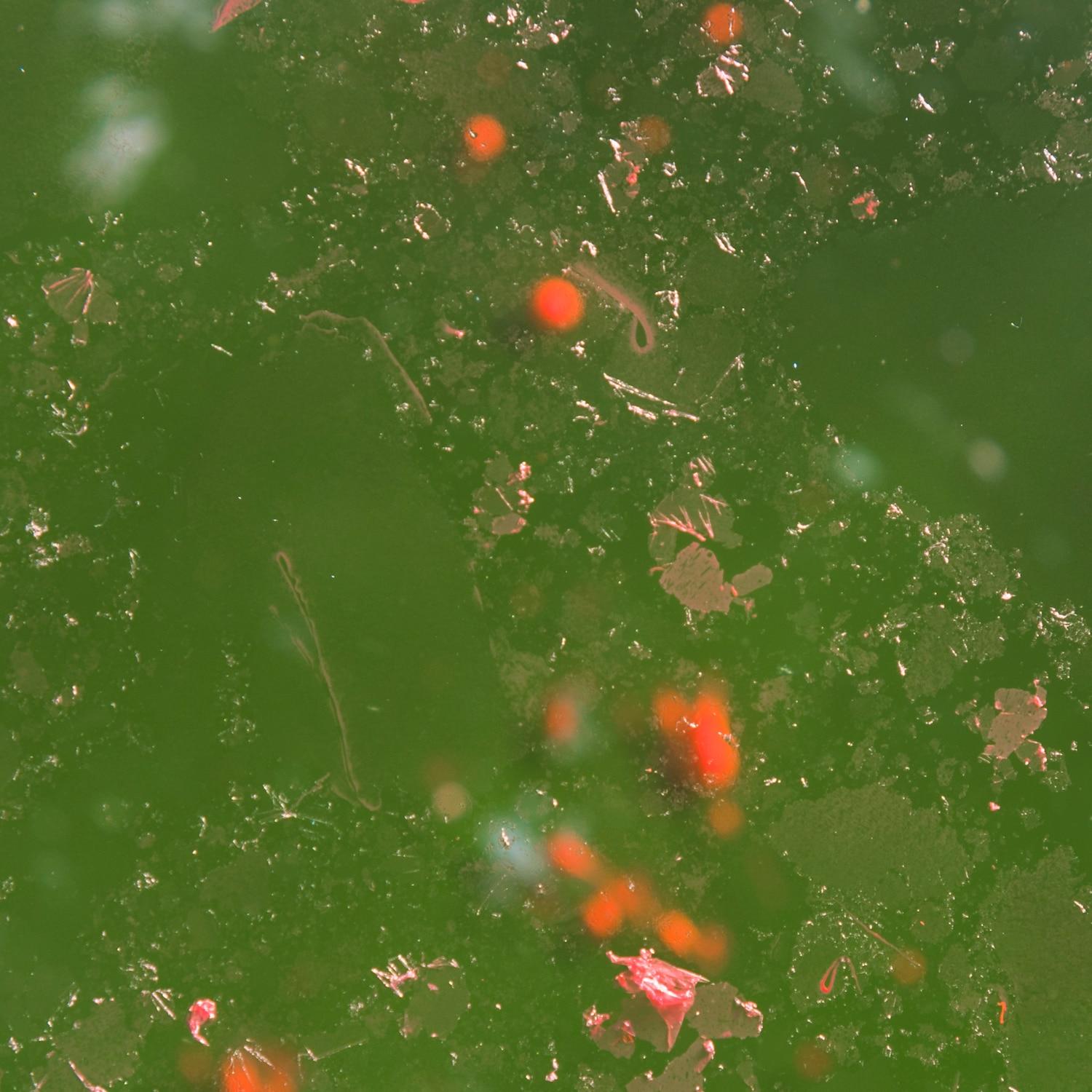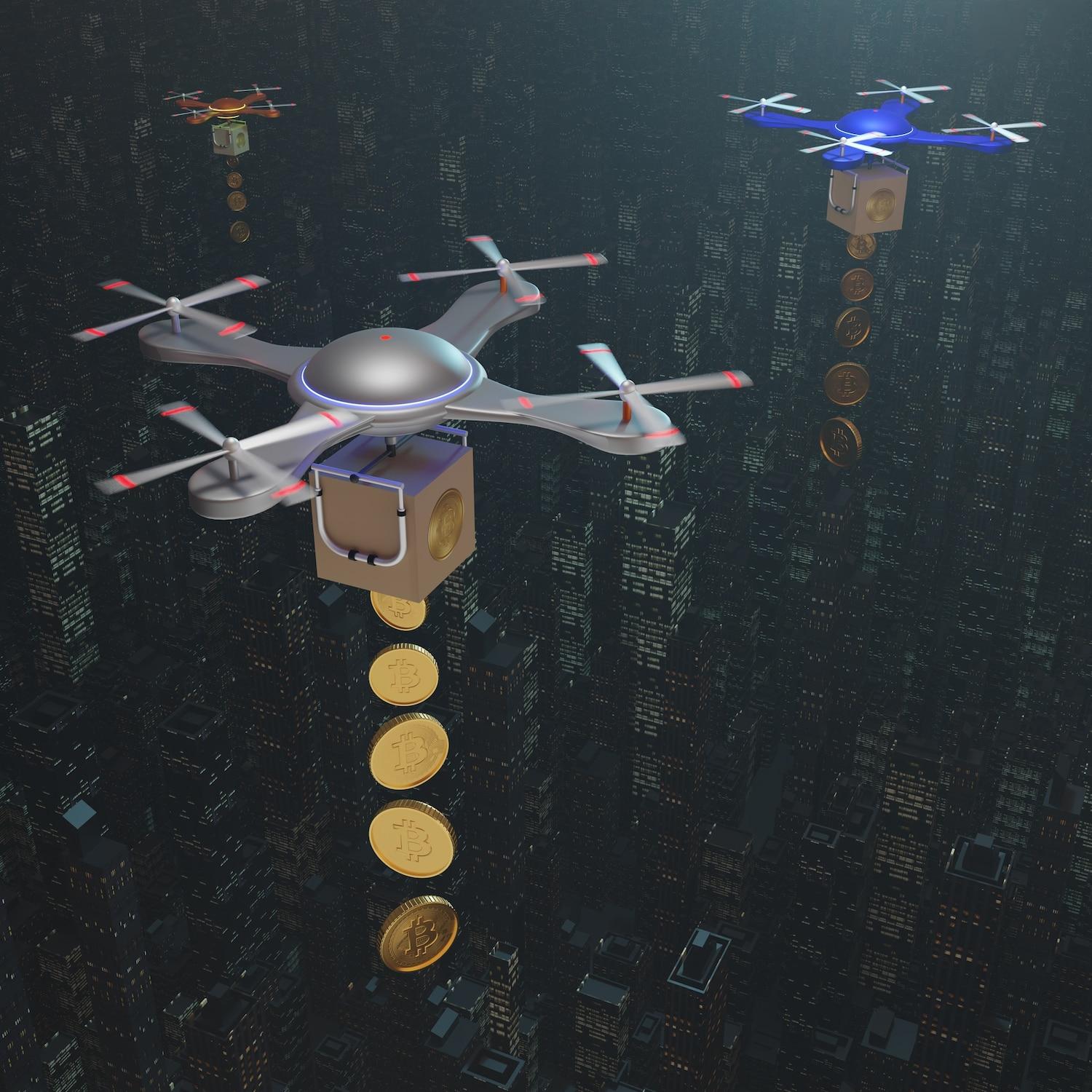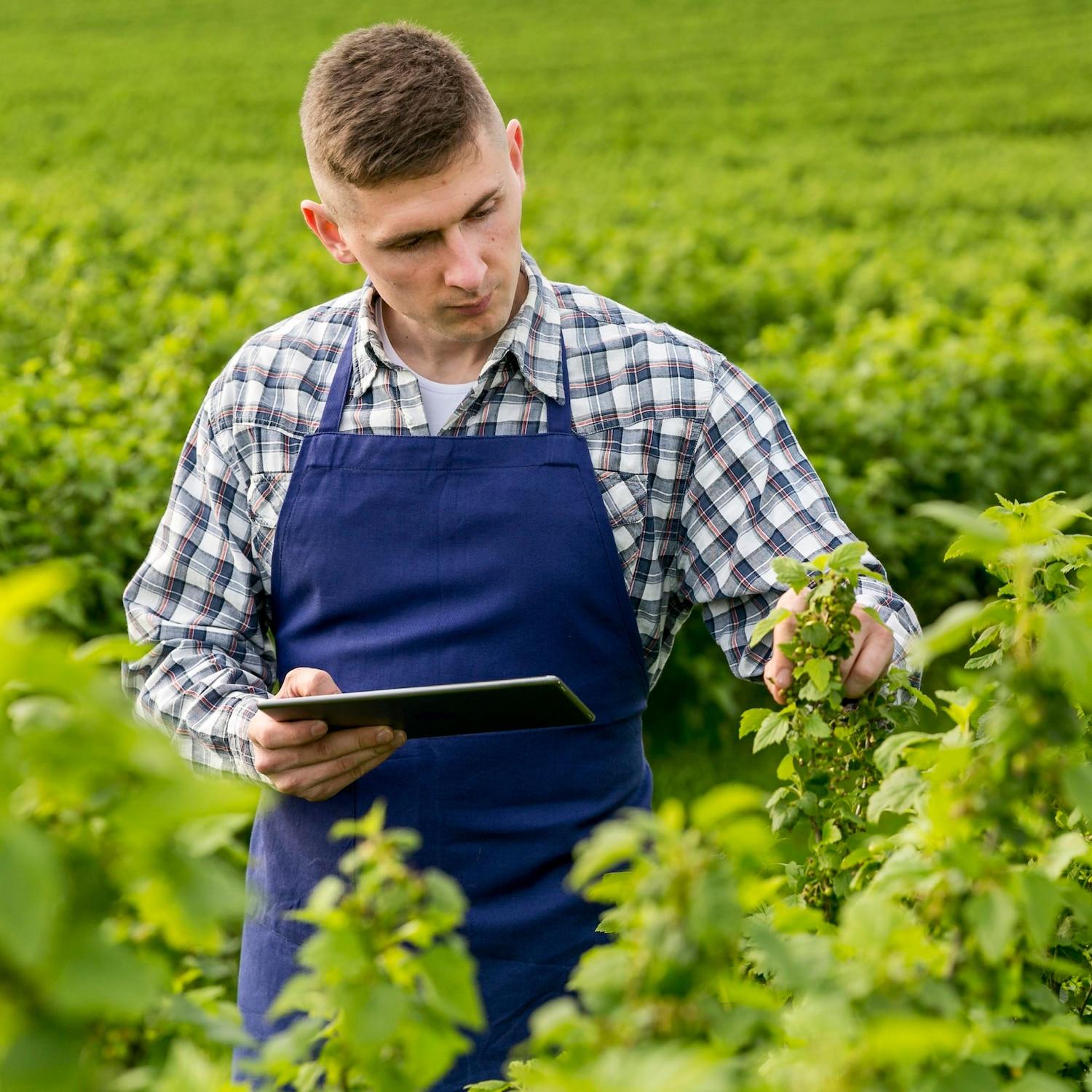Enhancing Pest Management through Remote Sensing Technology





In this presentation, we will explore the use of remotesensing technology to enhance pest management. We will discuss the potential benefits and applications of this innovative approach in agriculture and environmental conservation.


Remote sensing technology provides valuable insights into the spatial distribution and behavior of pests. By analyzing data from various wavelengths, we can identify patterns and potential infestation areas, enabling targeted intervention strategies.
With remote sensing, we can achieve real-time monitoring of pest populations across large agricultural areas. This allows for early detection of outbreaks and the implementation of timely and precise control measures, minimizing crop damage.


Remote sensing technology plays a crucial role in supporting integrated pest management (IPM) strategies. By integrating data on pest dynamics with other environmental factors, we can develop holistic and sustainable pest control solutions.
By leveraging remote sensing insights, we can promote the use of environmentally friendly pest control methods. This approach minimizes the reliance on chemical pesticides and fosters a more sustainable and ecologically balanced agricultural ecosystem.

Remote sensing technology offers a powerful tool for revolutionizing pest management in agriculture. Its ability to provide accurate, timely, and spatially explicit information empowers farmers and conservationists to make informed decisions for sustainable pest control and environmental stewardship.